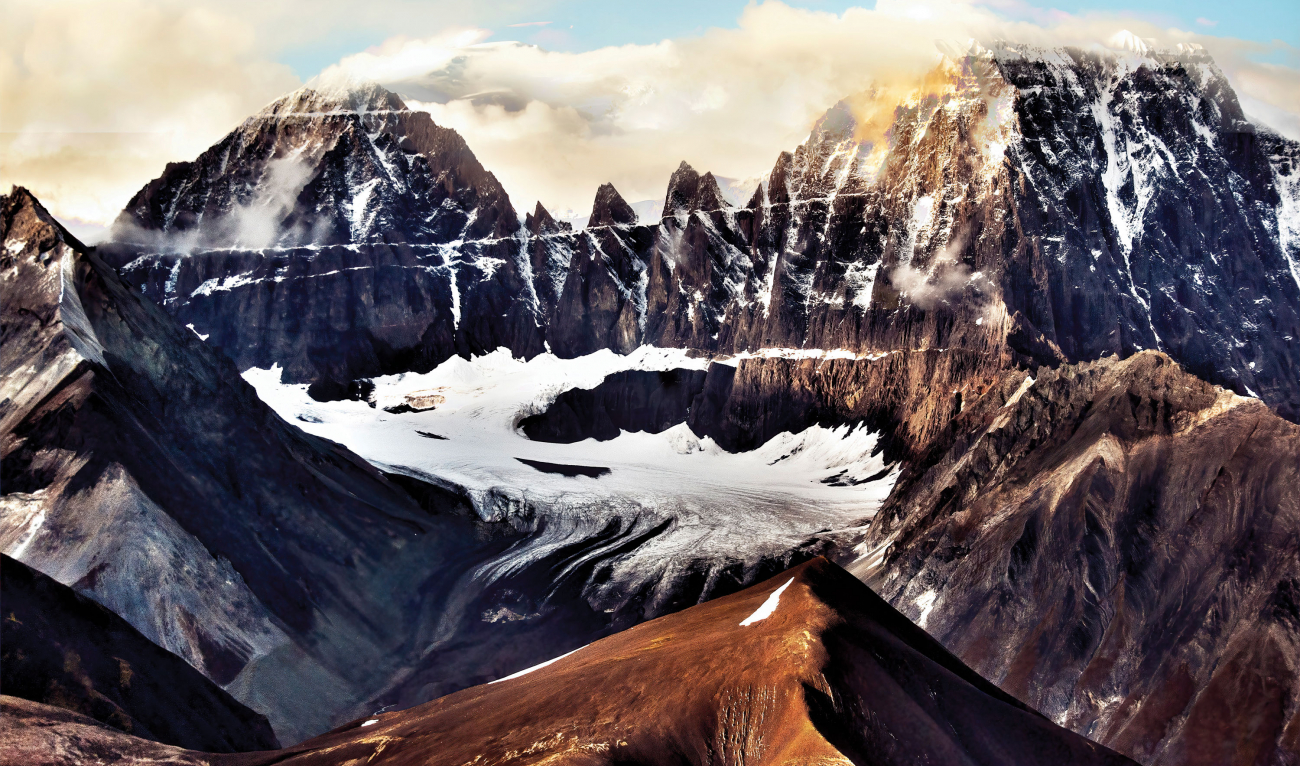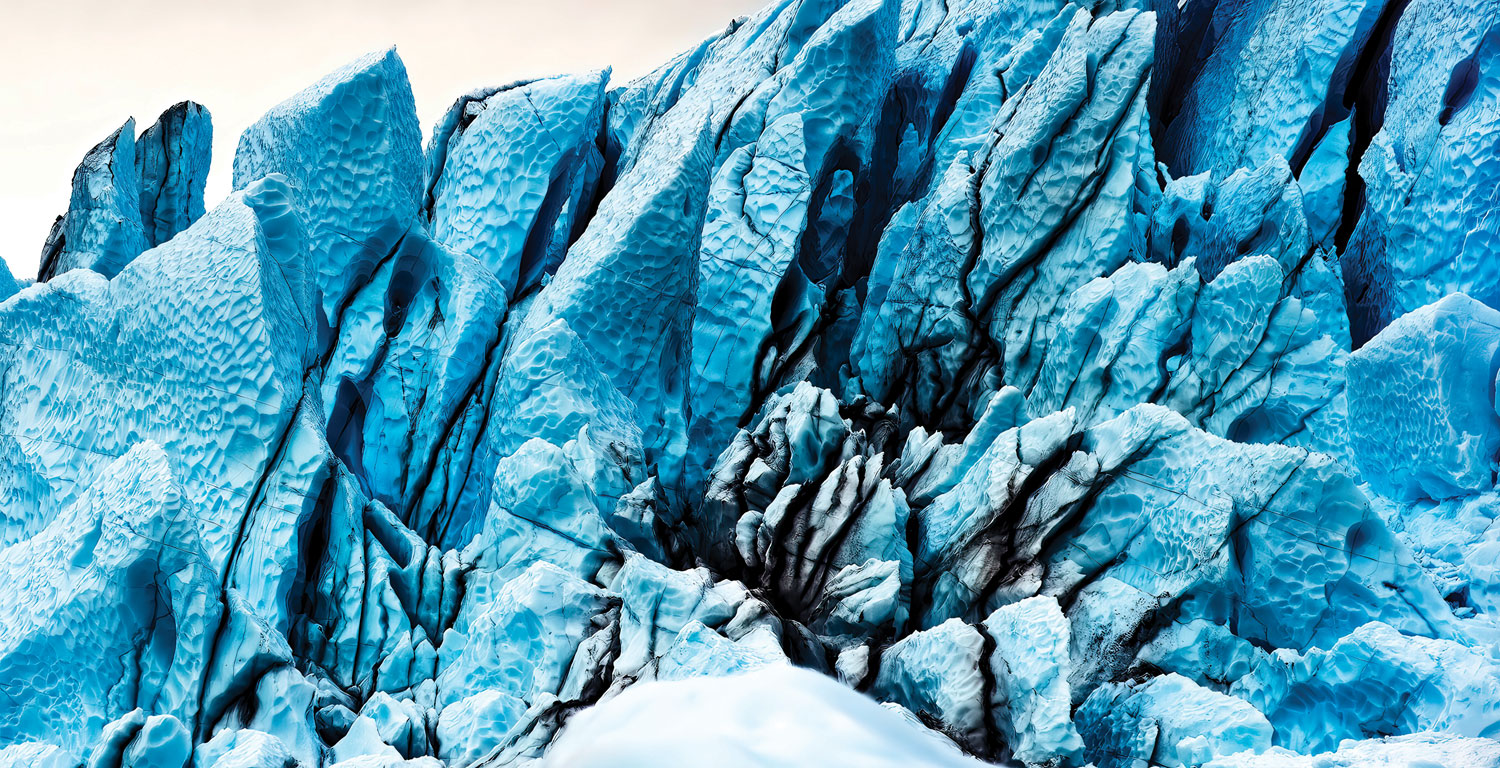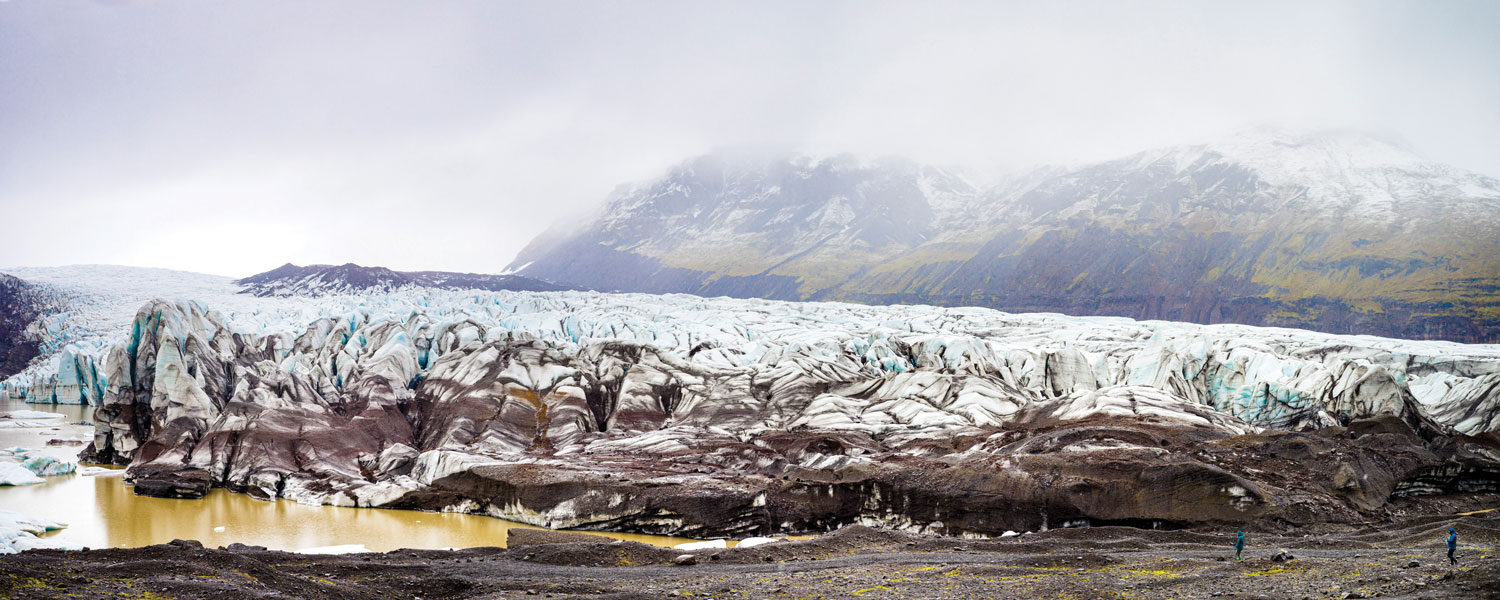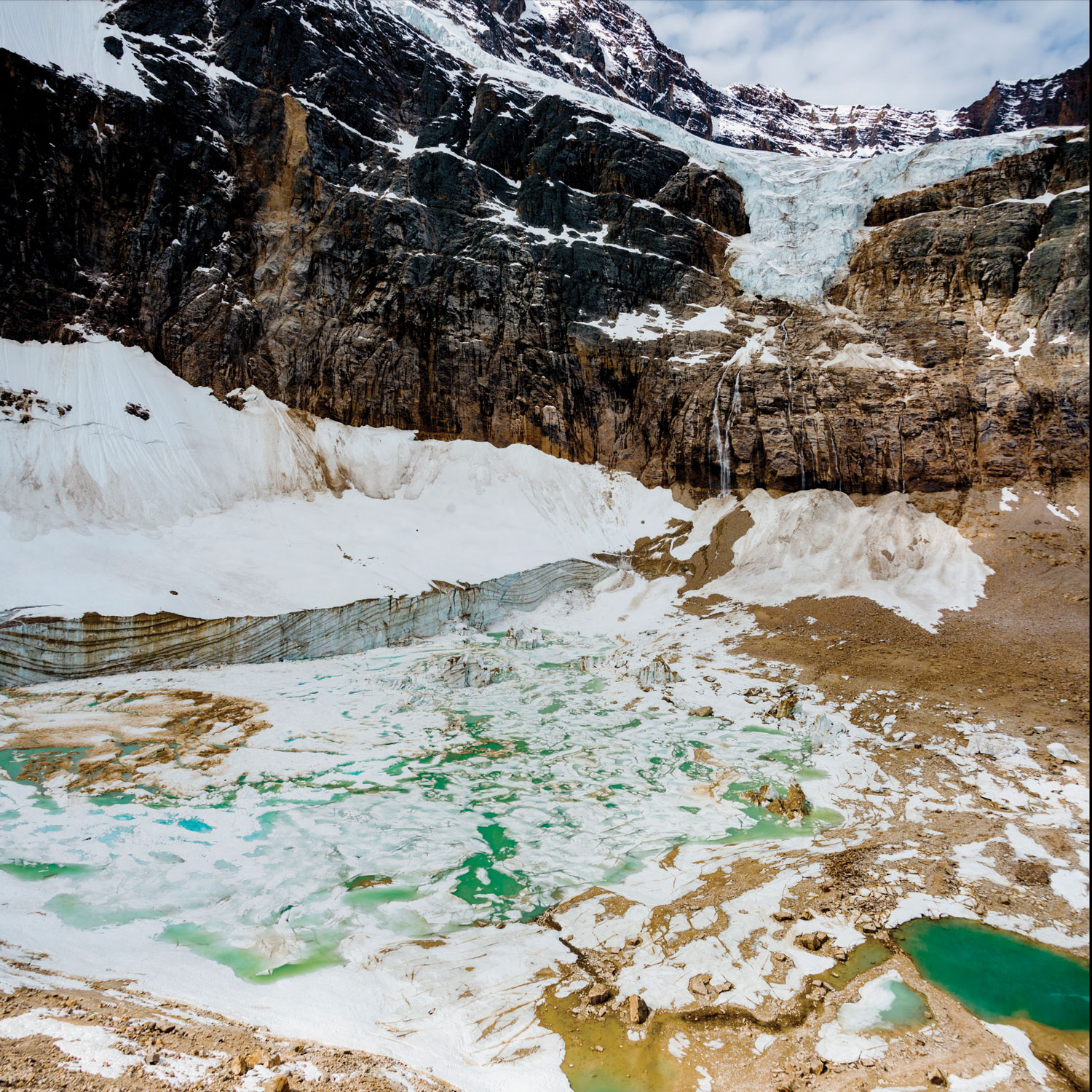Slow Motion
Everybody loves glaciers,” says Eric Hatch, “because they’re magnificent.” The photographer saw his first one 13 years ago in Alaska. He was living out of a Subaru Forester for a few weeks with his dog Ginger and two cameras, driving around in search of sights unseen. What he found was a lot of ice—and the start of a project that would take 12 years to complete: Glaciers in Retreat, a collection of 17 photos that convey the impact of rising temperatures around the globe.
“I’m trying to do a little good in the world, and the tool I have is my camera,” says Hatch, who uses a Hasselblad X1D ii 50C. An English major, he spent a decade in management consulting before transitioning to full-time photography in 2002. He hopes Glaciers in Retreat will do for climate awareness what his 2019 project, Faces of Addiction, did for bringing attention to America’s overdose crisis.
Hatch traveled from his Loveland, Ohio, home to Alaska, Canada, Iceland, and New Zealand to capture his images. He made repeat visits to each location—in Iceland he participated in glacier tours at first, then went back with a private guide—and had plenty of adventures along the way. As Hatch recounts in his 2023 memoir, You Wouldn’t Believe It Anyway, he got his aerial photographs of the glaciers in Alaska’s Wrangell Range by hitching a last-minute free ride on a small single-engine airplane. In Iceland, he hiked thousands of feet up glacial moraines, stood in muddy lagoons, forded freezing streams, and bumped over rough roads in a souped-up Land Rover.
Hatch’s final portfolio features the Athabasca Glacier and Mount Edith Cavell in Canada; the Gígjökull, Jökulsárlón, Kviarjökull, and Svinafellsjökull glaciers in Iceland; New Zealand’s Fox Glacier; and seven glaciers in Alaska. One of his favorites? The Kviarjökull, which “is melting rapidly but tells an interesting geological story,” he says. The positions of the glacier’s various moraines and a lagoon make it fairly easy to envision its former size.
“You can’t look at these things without being aware of their beauty and the loss that we’re facing,” Hatch says. “I love photographing nature in such a way that you can see geology at work while feeling the majesty of our world.”















